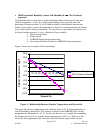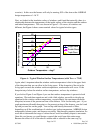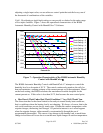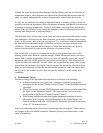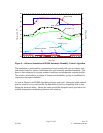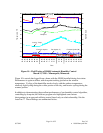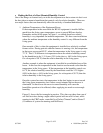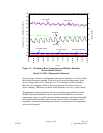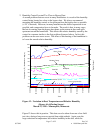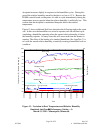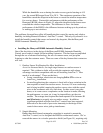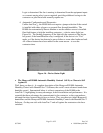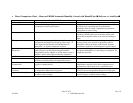
Rev 2.0
63-7048 1998 Honeywell Inc.
Page 16 of 22
-20
-10
0
10
20
30
40
50
60
70
80
90
100
08:00:00
08:30:00.0
09:00:00
09:30:00
10:00:00
10:30:00
11:00:00
11:30:00
12:00:00
12:30:00.0
13:00:00
13:30:00
14:00:00.0
0
5
10
15
20
25
30
35
40
Dewpoint
Furnace Cycles (W)
Humidifier Cycles
Fan Cycles (G)
Duct RH
Room Temp.
Duct Temp.
Time
Temperature (
o
F) / Relative Humidity (%)
Digitial Output
Figure 11 – Variation in Duct Temperature and Relative Humidity
(Warm Furnace Room)
March 11, 1998 – Minneapolis, Minnesota
Note the large variations in temperature and relative humidity in the duct, while
the dewpoint remains constant. Each fan cycle causes the temperature in the
duct to change about 8
F, which drives a 12 % change in relative humidity.
However, the dewpoint, which is the actual amount of moisture in the air,
doesn’t change. Which do you think would be better to use as a control input?
The phenomena discussed above does not present the same problems for the
H1008 Automatic Humidity Control. Because the H1008 has an on-board
temperature sensor, it actually measures both temperature and relative humidity
and calculates the dewpoint, and uses that value in all of its humidity control
algorithms, effectively eliminating the effects of variations in duct temperature
and relative humidity.



